We started off today, our last full day in Reykjavik, with coffee at Babalú, a pleasantly eclectic café just up the street on Skólavörðustígur. Coffee was acceptable, service was really pleasant, and the strawberry crepe for Oliver was a tour de force.
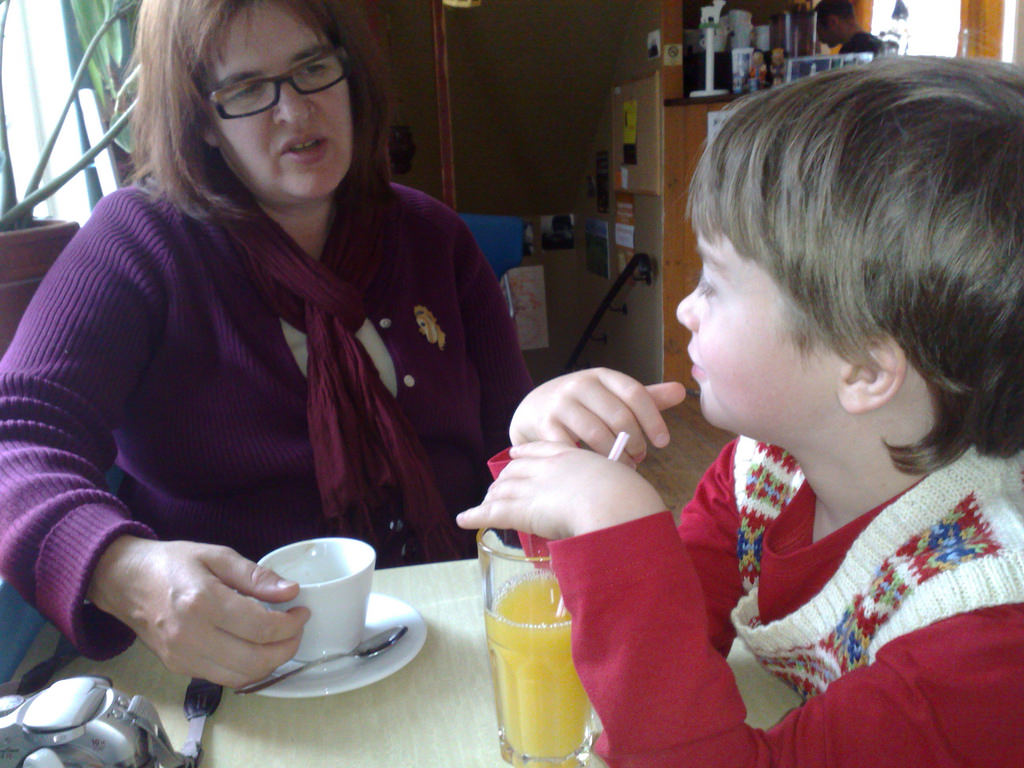
Next it was down the hill to the port for the weekend flea market: flea markets are obviously the same the world-over, and we found the usual collection of 10 year old VHS tapes, old clothes and postcards, and military regalia.
From the flea market it was a quick walk to Reykjavík 871±2, a museum that proves that value of doing one thing and doing it really, really well. The museum exists because, during renovations of a downtown building, the remains of a house from 871 (or thereabouts, hence the name) were found. The renovation proceeded, but the plan for the basement was changed to include the preservation of the site and conversion to a museum.
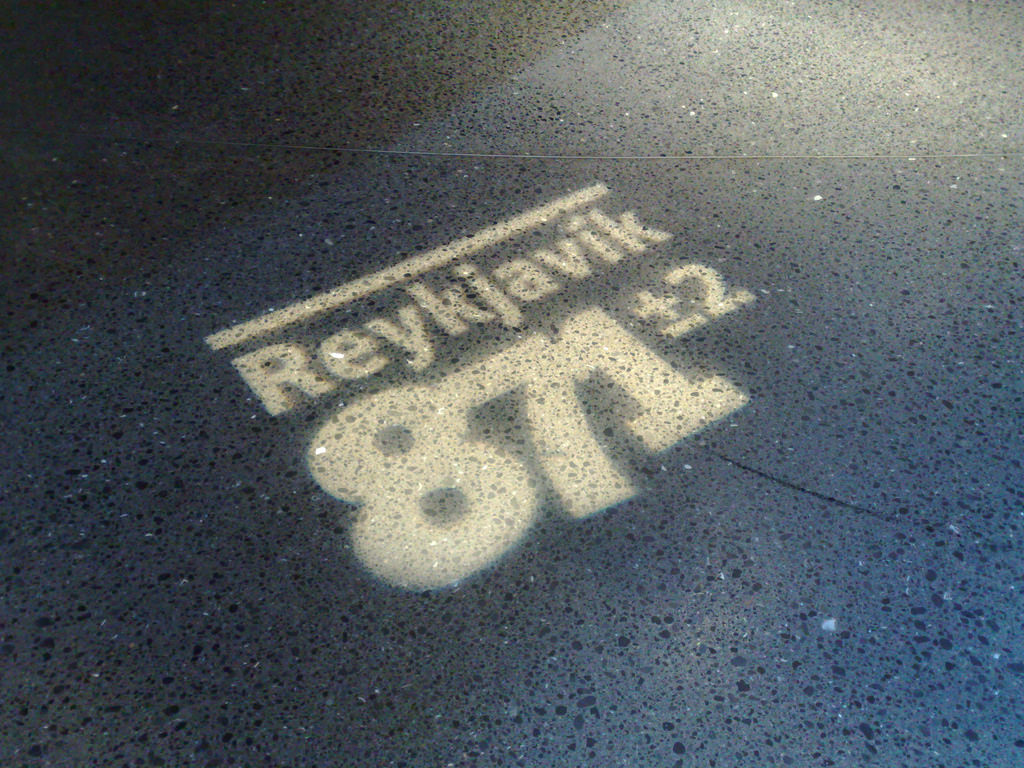
It’s hard to do justice to the museum: the structure is at its heart, surrounded by a panorama of Reykjavik implanted with video screens that show reenactments of practises of the day:
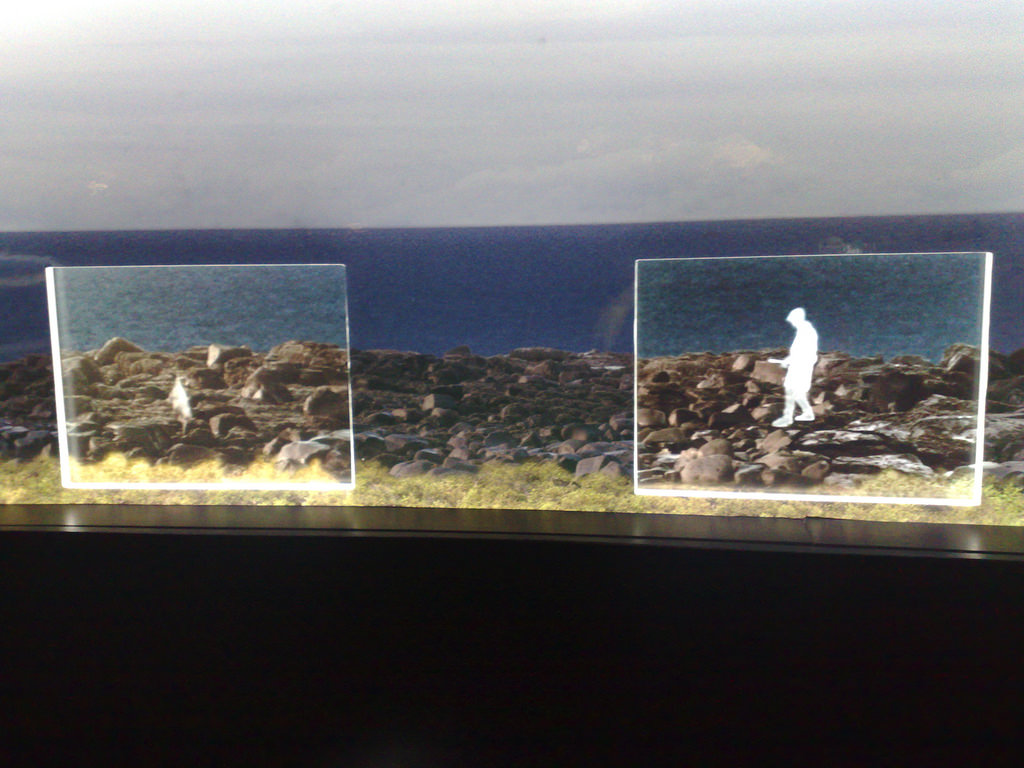
Walking the full tour around the structure you learn both its story, and the story of the settlement of the city. The technology is subtle and actually enhances the storytelling, a rare thing in museums these days. Highly recommended site.
To squeeze every last drop from our “Welcome Card,” (and because we thought there was a guided tour in English; alas there wasn’t) we walked up the shore of Lake Tjornin, past City Hall…
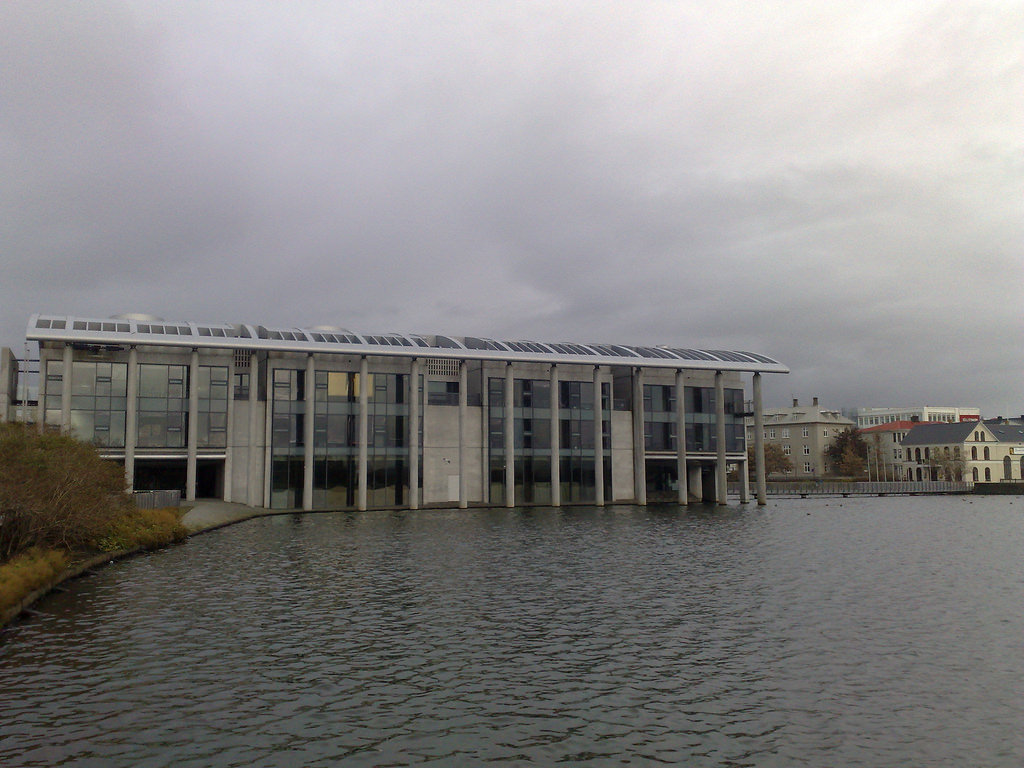
…and on to the National Museum:

This museum’s focal point is a permanent exhibition on the history of Iceland, and it should be the model that other jurisdictions follow to tell their stories. Using its collection as the jumping off point and, like 871±2, injecting technology where it helps to tell the story, the museum does an excellent job of covering Iceland’s history from settlement to the present day. So you start your tour at settlement, move through rule by Norway and Denmark, Catholicism and the Reformation, the Black Death, the Haze Famine, the road to independence, and end up with a mobile phone and a Dell laptop.
The text of the panels in the museum is breezily written, the objects from the collection are meted out with efficiency, and when I emerged I felt I’d received a solid introductory overview in Icelandic history. Again, a recommended stop on any visit to the city.
After a quick stop at our apartment, we decided to take one last plunge into the water, and walked back out toward and past the National Museum to Vesturbæjarlaug, another of the city’s network of geothermal pools:
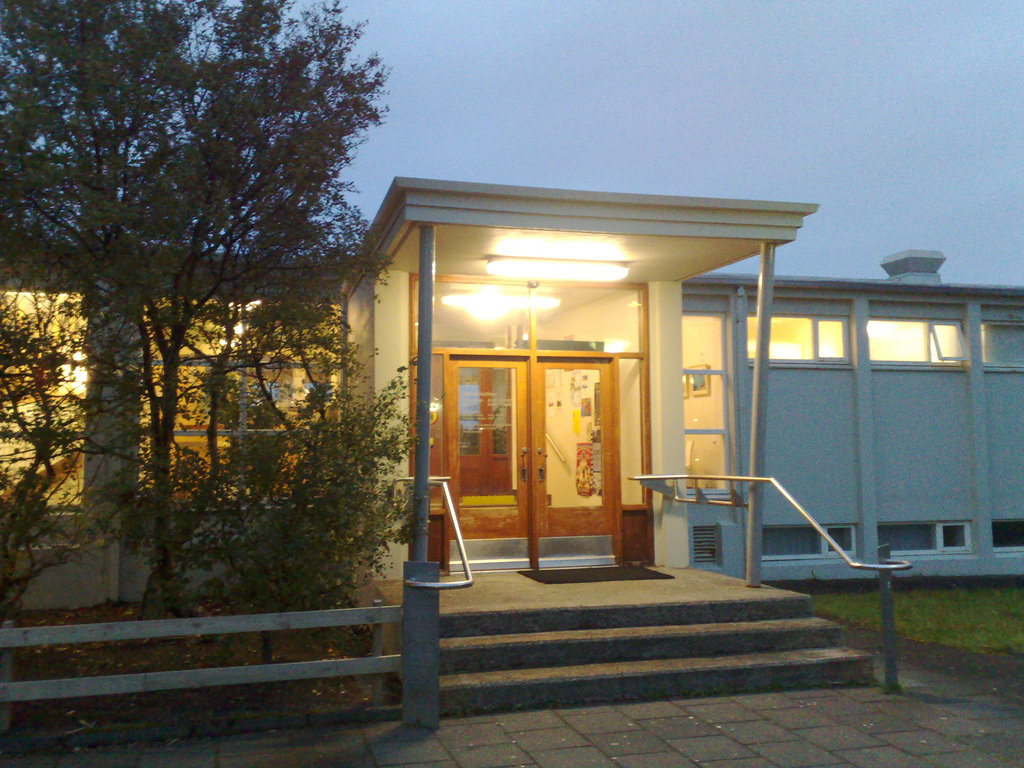
Laugardalslaug, where we swam last night, was a shining, modern showpiece facility; Vesturbæjarlaug had more of a neighbourhood feel. We spent a pleasant hour between the shallow children’s pool and the coolest of the 4 hot pots (36 degrees, as opposed to 44 degrees at the high end), and had a nice chat a local about geothermal energy and the cities of Canada.
Refreshed, we headed off into the drizzly Reykjavik sunset, stopping to pick up a few groceries to supplement our dinner of leftovers. Tomorrow we stash our luggage at the bus terminal, do a little last-minute shopping, and then head out to Keflavik on the bus to rendezvous with Olle and Luisa, en route from Copenhagen, to fly to Halifax.
 I am
I am
Add new comment